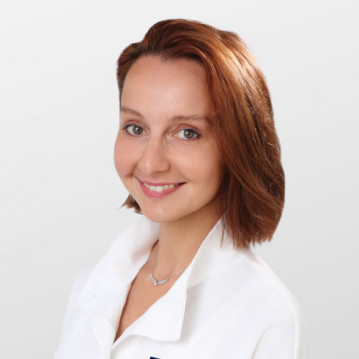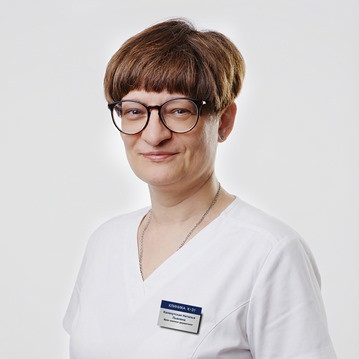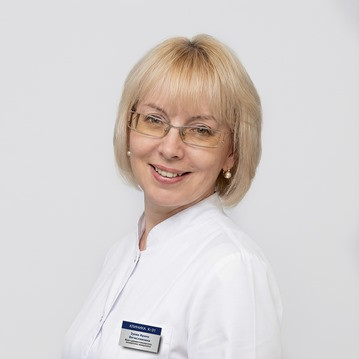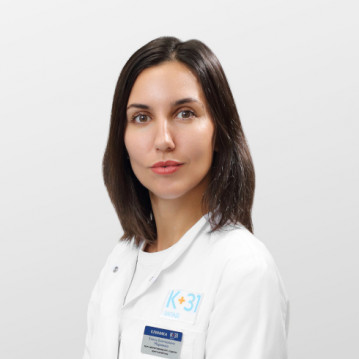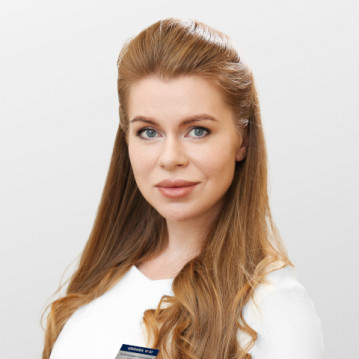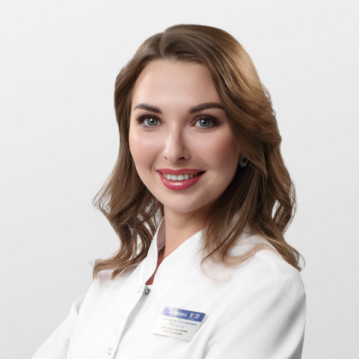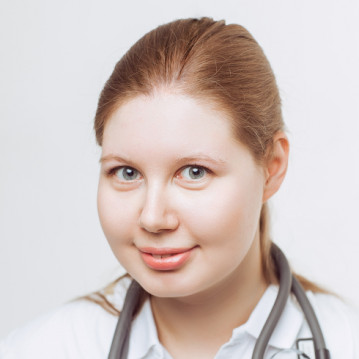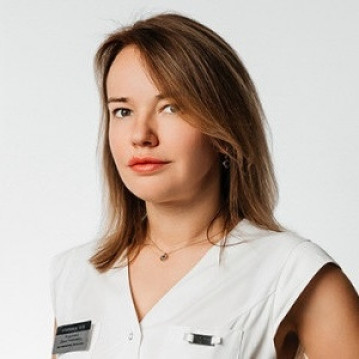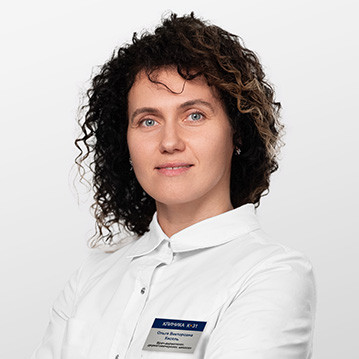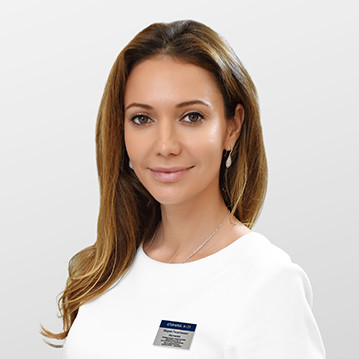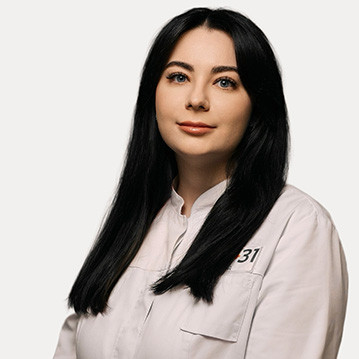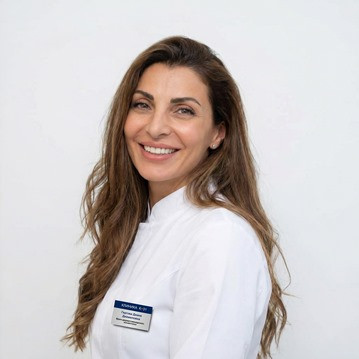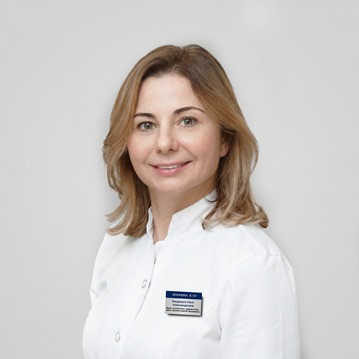Skin tumors are a common phenomenon that affects people of all ages. Many of these manifestations including warts and papillomas, can cause discomfort and anxiety. However, modern medicine offers An effective solution is cryodestruction with liquid nitrogen.
This method is based on the use of liquefied gas to quickly and painlessly remove growths. At the K+31 clinic, we use this technology to help our patients restore smoothness and health to their skin.
At our clinic, we believe that everyone deserves to feel confident and not be embarrassed. With cryodestruction, we make this goal accessible to all patients.
Service description: what is it?
Cryodestruction is a medical method that uses extremely low temperatures to destroy unwanted cells and tissues. It is especially effective for treating various skin tumors.
During cryodestruction, the doctor applies a small amount of liquid nitrogen to the problem area. This causes the cells to rapidly freeze, causing them to die and be rejected from healthy tissue. The procedure usually takes less than an hour and is performed right in the clinic.
Freezing is a minimally invasive and quick way to get rid of unwanted manifestations. Thanks to the use of liquid nitrogen, this solution allows you to achieve excellent results with minimal discomfort for the patient.
Advantages of the method
Cryodestruction has a number of advantages that make it an excellent choice for many patients faced with the problem of skin formations.
Firstly, as mentioned above, this is a minimally invasive method. In simple words, no surgical intervention is required. Liquid nitrogen is applied directly to the area of the tumor, thereby minimizing the impact on surrounding healthy tissue.
Secondly, this manipulation is fast. It usually takes from 15 to 30 minutes, depending on the size and location of the problem area. This makes it convenient for most patients, including those with work or other commitments.
Thirdly, people usually tolerate cryodestruction well. While some people do experience mild discomfort during the procedure, most find that it is much less painful than other tumor removal methods.
Overall, this technology offers an effective, safe and convenient solution for removing various manifestations. With all these benefits, it is not surprising that more and more patients are choosing this method.
Types of tumors that can be removed
Nitrogen cauterization is widely used to eliminate various skin problems. It is suitable for most patients and can be used to treat a wide range of conditions.
Here are some of the types of formations that can be successfully removed using cryodestruction:
- Warts are caused by the human papillomavirus. They can appear in any part of the body and have different shapes and sizes. Cryodestruction of warts helps to quickly and effectively remove warts, with minimal risk of leaving scars.
- Papillomas are another type of manifestation caused by the papilloma virus. They often look like small hanging outgrowths. Removing papillomas with liquid nitrogen leaves no noticeable marks.
- Moles - While most are harmless, some are cause for concern due to their appearance or the risk of developing melanoma. Freezing is an effective procedure for removing certain types.
- Solar keratoses and actinic keratoses are firm, rough-feeling patches that are usually caused by prolonged exposure to sunlight. They can be successfully removed using cryodestruction.
Due to its versatility and effectiveness, this technology is used to eliminate various types of tumors, restoring the skin to a healthy and clean appearance.
Indications and contraindications
Despite the fact that cryodestruction is a safe and effective procedure, there are certain features of use that should be taken into account before performing it.
Indications for the procedure are the presence of warts, papillomas, moles and other formations that cause concern to the patient and often pose a potential threat to his health. At the same time, contraindications to cryodestruction may include the presence of keloid scars, pregnancy, allergies to cold or some chronic diseases.
Before proceeding with the manipulation itself, it is important to consult with a dermatologist to discuss all possible indications and contraindications. This will help you make an informed decision and ensure that your procedure is as effective and safe as possible.

